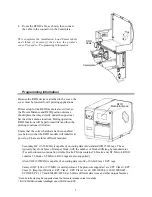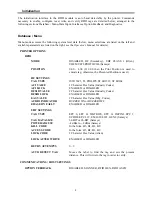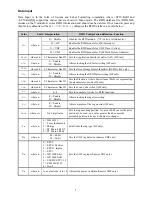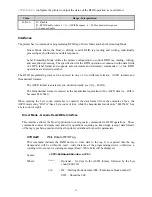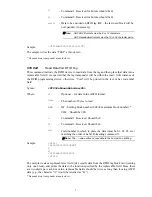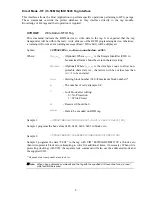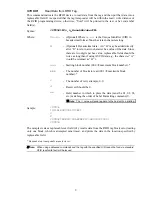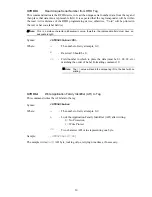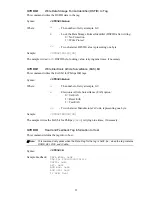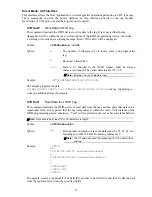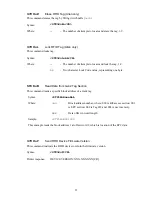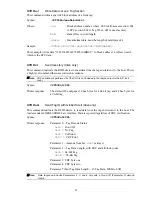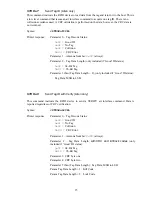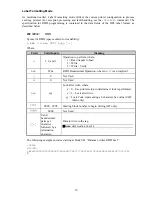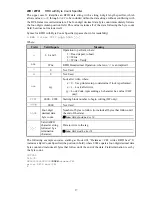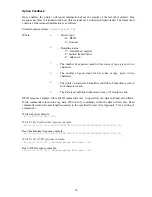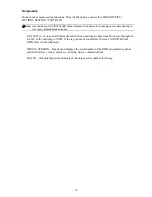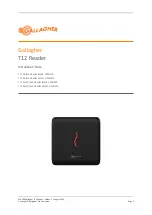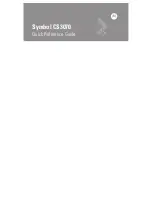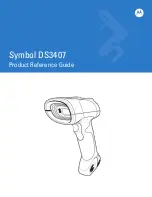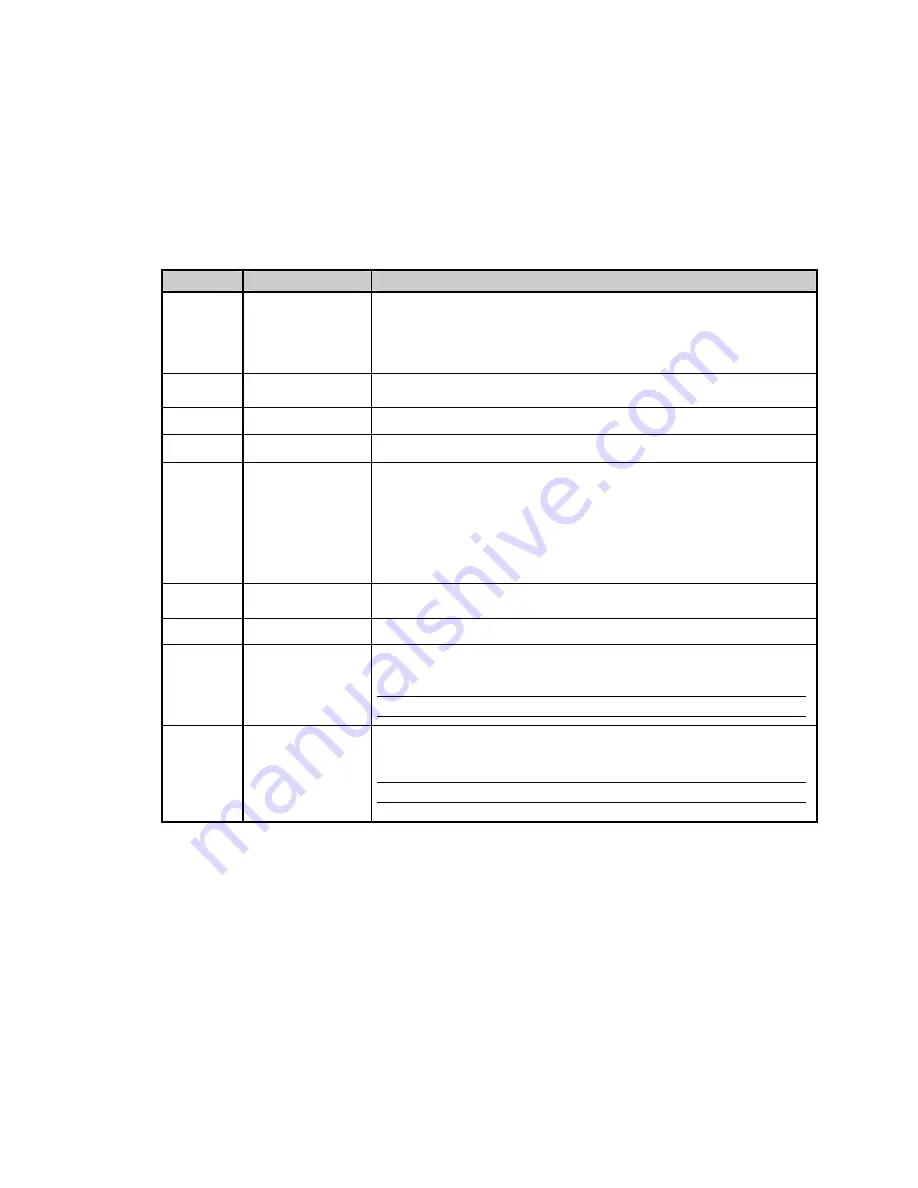
17
WX / W1X:
RFID with Byte Count Specifier
The upper case X identifies an RFID data string with a string 4-digit length specifier, which
allows values
0x00
through
0xFF
to be included within the data strings without conflicting with
the DPL format record terminators. The four-digit decimal data byte count immediately follows
the four-digit column position field. This value includes all of the data following the byte count
field, but does not include itself.
Syntax for RFID with Byte Count Specifier (spaces shown for readability):
a bbb c d eee ffff gggg hhhh jj…j
Where:
Field
Valid Inputs
Meaning
a
1, 2, and 3
Operation to perform, where:
1 = Read (report to host)
2 = Write
3 = Write / Verify
bbb
Wnx
RFID Hexadecimal Operation, where no ‘
n
’ is an implied 1.
c
0 Not
Used
d
0 Not
Used
eee
xyy
Lock after write, where:
x = 0 – Use printer setup to determine if lock is performed.
x = 1 – Lock after write.
yy = Lock Code, representing a 2-character hex value (UHF
only).
ffff
0000 – 9998
Starting block number to begin writing (HF only).
gggg
0000 Not
Used
hhhh
Four-digit
decimal data
byte count.
Number of bytes to follow (to include all bytes that follow until
the end of the data).
Note: UHF should be 8 or 12.
jj…j
Valid ASCII
character string
followed by a
termination
character.
Data to write to the tag.
Note:
UHF must be 8 or 12.
The following example encodes, starting at block 001, “Datamax <CR>
writes RFID best.” It
includes a Byte Count Specifier (the portion in bold), where 0024 equals a four-digit decimal data
byte count and includes all bytes that follow until the end of the data. Field termination is set by
the byte count.
<STX>L
D11<CR>
2W1X0000000010000
0024
Datamax<CR>
writes RFID best<CR>
E

